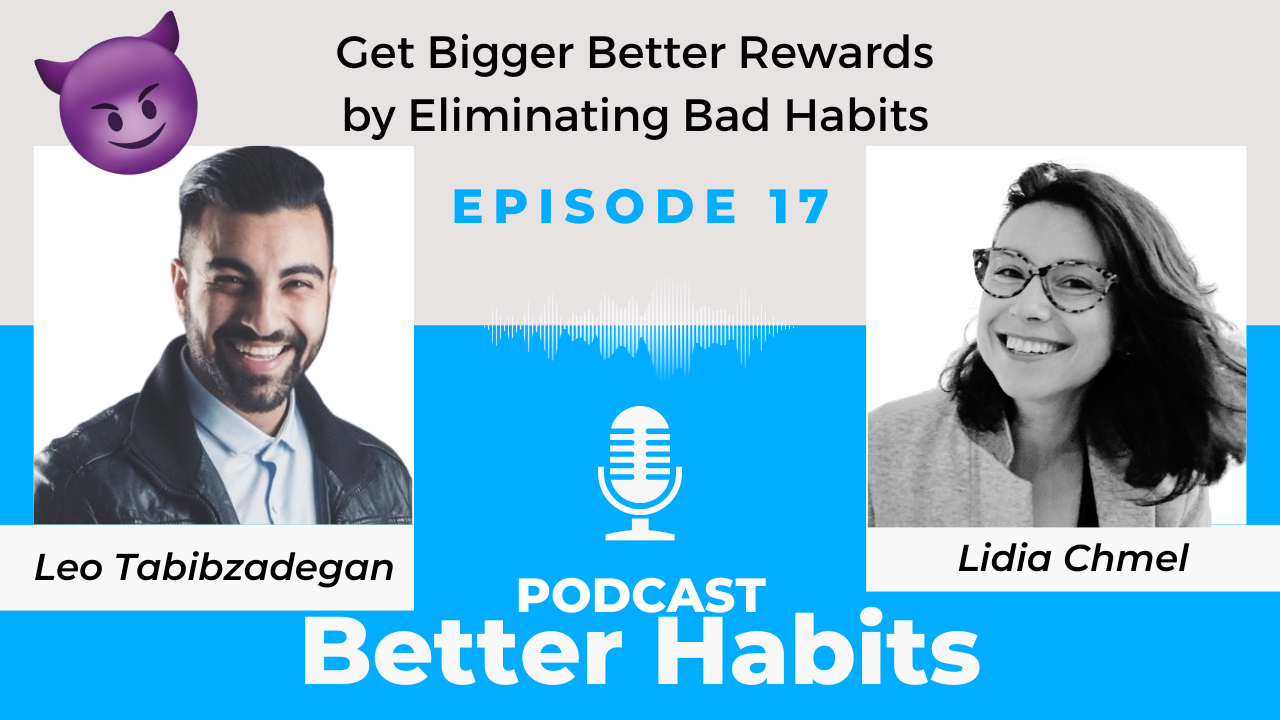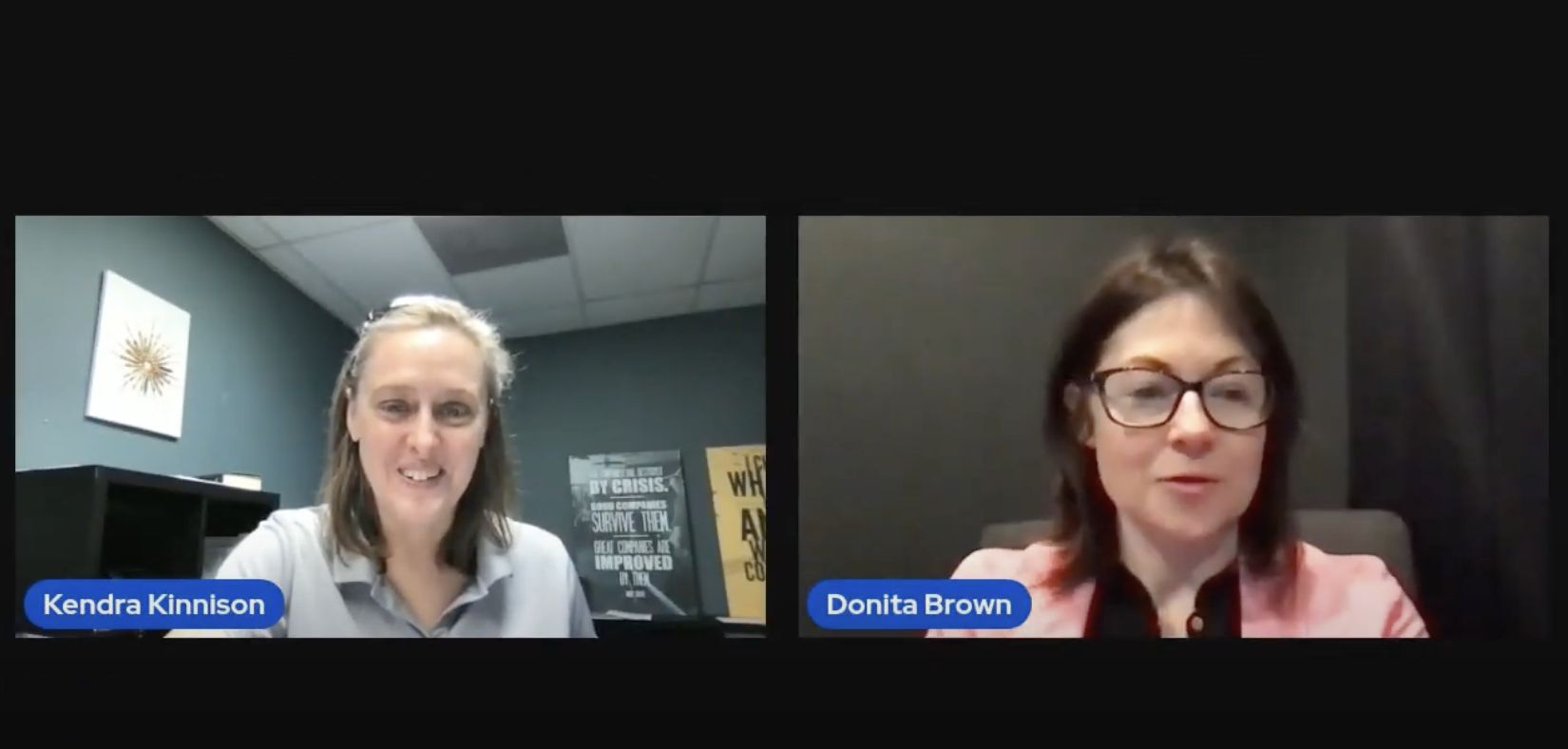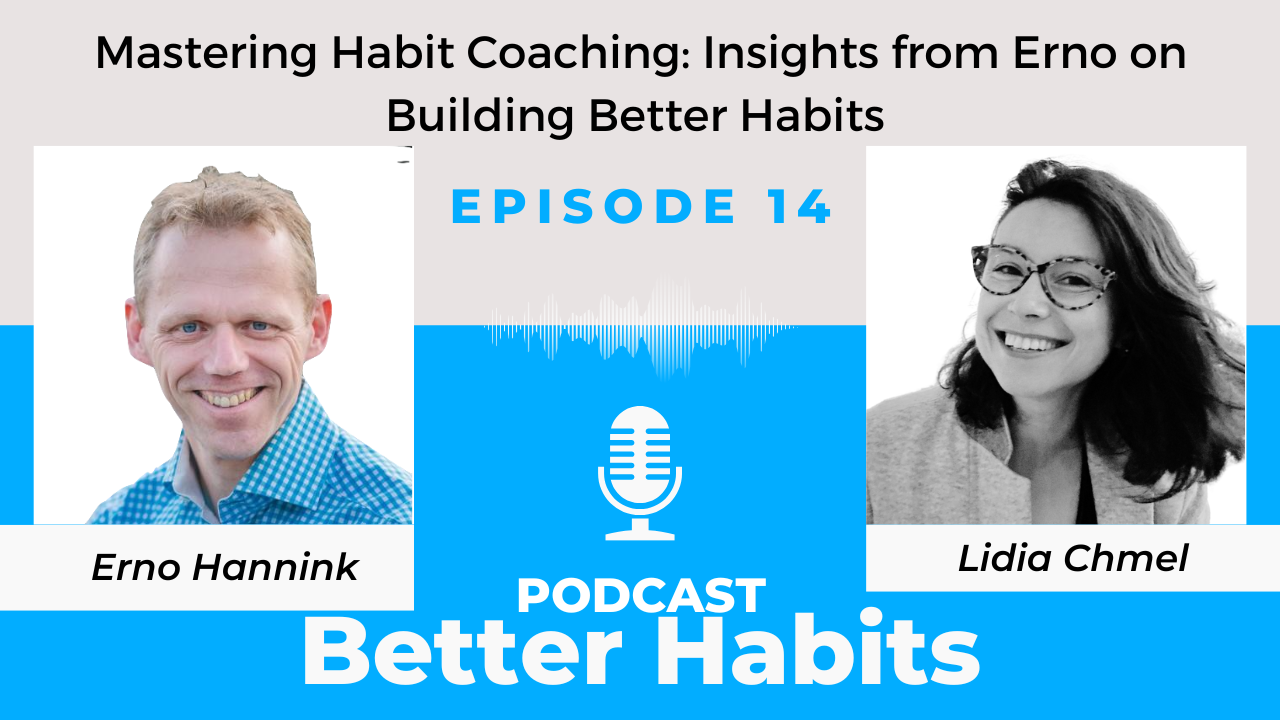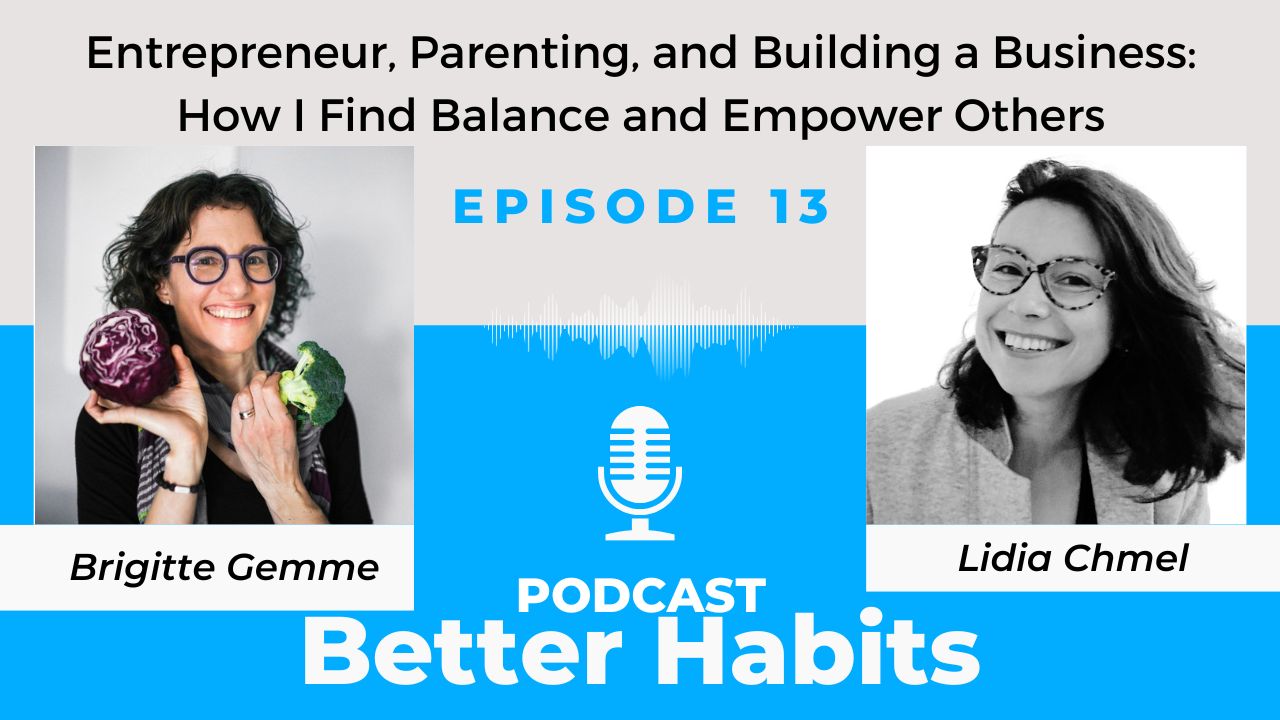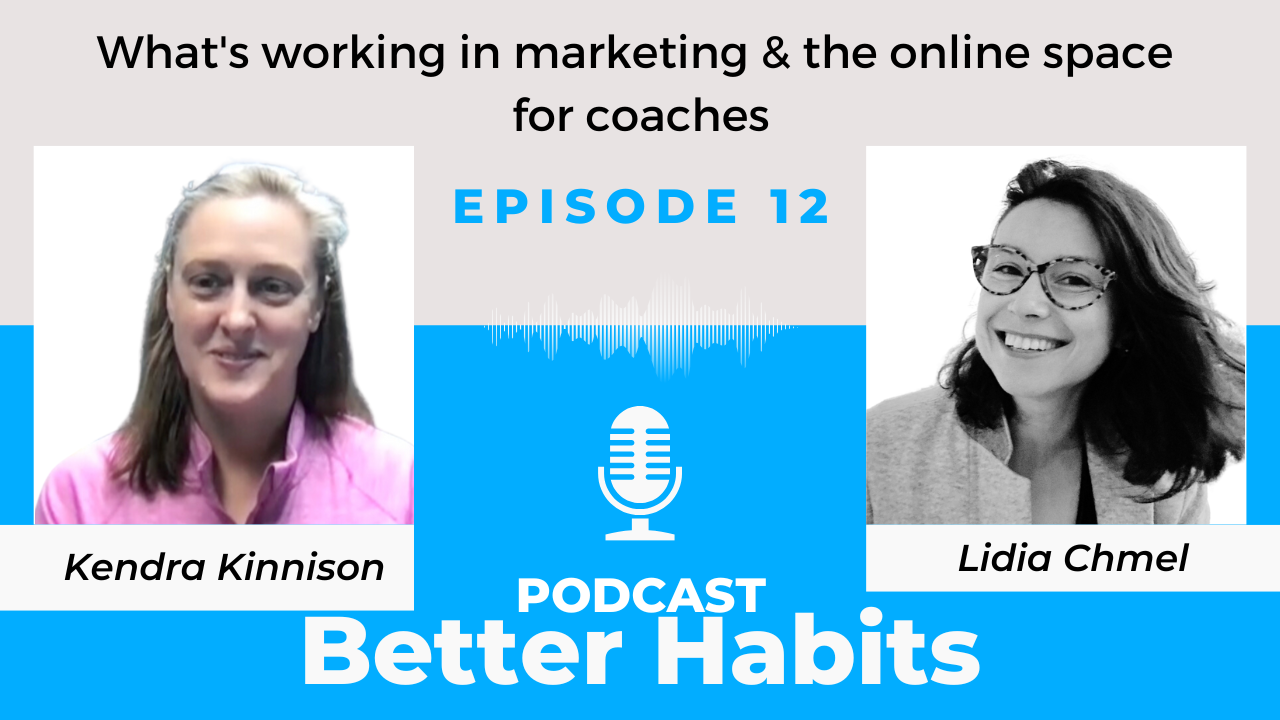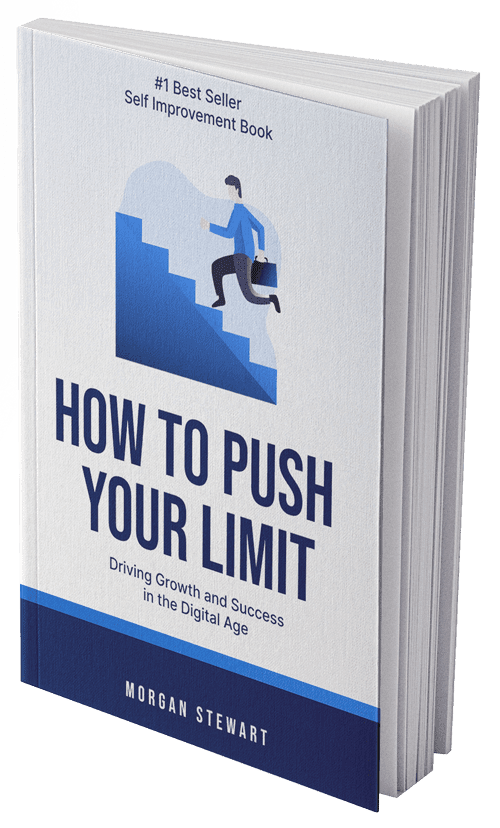This is a collection of excellent email marketing tutorials for coaches.
In the guides below, you’ll learn how to:
- Write emails and newsletters that people love to read.
- Build a big email list of highly engaged subscribers.
- Attract mentors, business partners, and customers via email.
- And lots more.
Feel free to skip around and check out the email marketing tutorials most relevant to your business.
Let’s get to it.
Contents: Email Marketing Tutorials for Coaches
- Write Strategic and Effective Emails
- End Your Emails in Gratitude
- Reach Out to Your Dream Mentors
- Start Your Email List
- Get Your First 1000 Subscribers for Free
- Turn Medium Followers Into Email Subscribers
- Create an Email List Without a Website
- Start a Substack Newsletter
- Establish the Purpose of Your Newsletter
- Write Irresistible Subject Lines
- Captivate Your Subscribers Through Storytelling
- Consider Deleting Your Email Signature
1. Write Strategic and Effective Emails
Email can be an incredibly powerful networking tool.
It can help you connect with insightful mentors. It can create partnerships and collaborative opportunities. And in the process, it can take your coaching business to a whole new level.
But that can only happen if you write strategic and effective emails. If you don’t, the vast majority of your messages will get ignored.
In this article, you’ll learn how to write emails that are compelling to read and easy to respond to.
Quote from the article:
In the end, your success as a business professional relies upon how you write your emails — a communication tool you will probably use every workday for the rest of your career.
Don’t risk sending emails without first applying the proven principles discussed in this article.
While business is built on email, success is built on strategic emails.
2. End Your Emails in Gratitude
You’ve written a simple, clear, and compelling email. You hit “send,” and then… nothing. Over the next days and weeks, you send several follow up messages, but you still don’t hear back.
If this pattern keeps repeating itself, your messages might be lacking one key ingredient: gratitude. Expressing gratitude is critical because it shows others that you’re considerate, respectful, and appreciative.
So, before you send your message, make sure it ends with some variety of “thank you.” That will make the recipient much more comfortable in connecting with you.
Quote from the article:
Don’t waste your effort building beautiful, digital paper planes by skimping on the last few characters before they reach the finish line.
Think about how you end your emails. Last words matter, even here — and, often, a simple “Thanks” will do.
3. Reach Out to Your Dream Mentors
If you could pick a dream team of mentors for your coaching business, who would be in it?
It would contain some big names, right? Probably so big that you wouldn’t even bother reaching out to them.
Well, guess what? That’s how everyone else resonates as well. And because of that, these dream mentors usually don’t get many requests at all.
So, if you dare to reach out with well-written emails, you might just build some world-class connections.
Quote from the article:
If you want to learn from the best, you need to think big.
This means reaching out to people further along the path, the ones who know what you want to know.
The email appears to be the best option, so you’ll need to craft a good one.
4. Start Your Email List
An email list is a collection of email addresses that you receive from people who are interested in what you do.
Usually, you collect these emails through a sign-up form on your website, social media profiles, and other places online.
You can then use your email list to send helpful content, develop relationships with your subscribers, and sell your products and services.
In this article, you’ll learn everything you need to know to get started.
Quote from the article:
Commit to a frequency you’re certain you’ll be able to deliver.
If all you can do is send a monthly email, that’s OK. If you’d rather communicate with your followers, that’s fine, too.
Whatever you choose, just remember your audience expects you to deliver on time, every time.
5. Get Your First 1000 Subscribers for Free
Once you’ve started your email list, you need to get people to subscribe to it. That can seem like a daunting task, especially if you’ve never done it before.
And list building can indeed be tricky. If you’re not careful, you risk spending a lot of time, energy, and money without getting any real results.
So, in this article, you’ll learn how to grow your list to 1000 subscribers and more — for free!
Quote from the article:
Growing your email list from scratch with no money to spend on paid marketing and professional guidance can be extremely challenging.
But with crystal-clear focus, consistency, a well-thought-out sign-up funnel, lots of experimentation, and meticulous tracking, it is absolutely possible to get your first 1K without spending a cent!
6. Turn Medium Followers Into Email Subscribers
Medium.com is an online publishing platform where you can publish for free, build an audience, and even earn money for your writing.
You can post single stories or create entire publications.
As a coach, Medium is a great place to demonstrate your expertise, become an expert in your niche, and earn extra income.
But that’s not all. You can also turn Medium into an email subscriber machine.
Quote from the article:
Mobilizing your Medium followers is so rewarding for me and for every other creator I’ve spoken to.
It opens the door to more options for creativity, it fosters open communication between you and your followers, and it gives you the chance to earn money by helping others.
Writing on Medium is fantastic — but you can use it as a stepping stone to do so much more.
7. Create an Email List Without a Website
Ideally, as a coach, you’ll want to have a website for your business.
That will make it much easier for people to find you, your newsletter, and your products and services.
But if you don’t have a website yet, nothing is stopping you from creating an email list.
You can start collecting email addresses today. And once your website is ready, you can tell your email subscribers about it.
Quote from the article:
If you want to start collecting the email addresses of your fans and followers, ask them if they’re happy for you to keep in touch.
You’ll need to direct them to a landing page where they give you the necessary details to do so.
You don’t need a website to have a landing page.
Lots of email marketing platforms will allow you to set one up with them for free or a small charge, depending on the features and functionality you need.
8. Start a Substack Newsletter
There are many email marketing services to choose from. One of the most popular ones is Substack.com.
This relatively new platform allows you to start and grow a newsletter for free. And unlike most similar services, there are no limits. You can add as many subscribers and send as many emails as you want without charge.
There is also an option to offer paid subscriptions and earn money directly from your newsletter. If you do that, Substack takes 10% of your earnings.
Depending on the functionality you’re looking for, Substack might be all you need. And they’ll only charge you if you make money from their service.
Quote from the article:
There are many reasons why Substack is slowly becoming the go-to service for solopreneurs across the world.
You just need a few minutes to set it up and start growing an email list.
When you do, Substack gives you a subdomain where your newsletter is stored online as if it was a blog.
Ever thought of monetizing your newsletter? Substack gives you that option, too.
9. Establish the Purpose of Your Newsletter
In online marketing, you’ll often hear the proverb “the money is in the list.” The assumption behind that phrase is that a big email list and online business success go hand-in-hand.
But that’s not necessarily true. A big email list does not guarantee sales. In fact, a small but highly targeted list is usually way more profitable.
And either way, the primary purpose of your newsletter shouldn’t be to make money. It should be to create relationships, provide value, and wow your subscribers.
If you do that, the money will come as a side effect.
Quote from the article:
Your email list is not your most valuable asset.
It’s not a printing press for money, and it won’t absolve you from your dependency on people.
It can, however, be an instrument of purpose.
All you have to do is answer one question when you set it up: What is it for?
10. Write Irresistible Subject Lines
People receive more emails than ever before. It’s impossible to read them all, so we are forced to filter our inboxes mercilessly.
Research suggests that 47 percent of recipients open an email based on the subject line. And 69 percent use the subject line alone when they report an email as spam.
It doesn’t matter how well-written your messages are. If they don’t have great subject lines, people won’t read them.
So, don’t overlook this critical little piece of text. It can make our break your email marketing efforts.
Quote from the article:
Irresistible email subject lines are an important, reliable way to get your useful content — and your brand — in front of customers.
Here are three formulas to get your share of their attention — and to keep your email from being slam-dunked into the trash can at first sight.
11. Captivate Your Subscribers Through Storytelling
Before humans figured out how to read and write, we communicated through stories. Throughout history, storytelling has played a vital role in every culture and society.
As a result, the human mind is wired for stories. It’s like a universal language that all humans share.
Storytelling can transfer ideas, create a sense of community, and inspire action. So, to connect deeply with your subscribers, learn how to tell engaging stories.
Quote from the article:
Storytelling is as old as time. This is how we talk about universal truths, personal stories, and life lessons.
Storytelling is how heroes are born and success stories get documented.
There is great power in stories because they make facts and complicated information easier to digest.
In the abundance of information that surrounds us, it is hard to stand out, so we need every tool that can help us get noticed and get our message through.
12. Consider Deleting Your Email Signature
Have you given much thought to your email signature? If you’re like most people, your answer is “no.”
Most of us have a generic, dry, and boring signature block that concludes every message we send. That might not seem like a big deal, but it can subtly damage your communication.
Why? Because it signals self-importance. It makes the ending of each message all about you.
So, consider using personalized sign-offs instead. That will shift the focus to the other person and make them feel special.
Quote from the article:
Just because many people are slapping those who email them in the face with a long email signature doesn’t mean you have to, too.
Deleting your email signature gives you beautiful white space to end your emails with and personalize how you sign off.
That is a gift you get to give when you remove your email signature.
The world doesn’t need another email signature; we just need you.
Email Marketing Tutorials for Coaches, Quick Links
- Write Strategic and Effective Emails
- End Your Emails in Gratitude
- Reach Out to Your Dream Mentors
- Start Your Email List
- Get Your First 1000 Subscribers for Free
- Turn Medium Followers Into Email Subscribers
- Create an Email List Without a Website
- Start a Substack Newsletter
- Establish the Purpose of Your Newsletter
- Write Irresistible Subject Lines
- Captivate Your Subscribers Through Storytelling
- Consider Deleting Your Email Signature
Did You Like These Email Marketing Tutorials?
Check out our tutorials on Instagram, Facebook, LinkedIn, Twitter, and SEO, as well!

